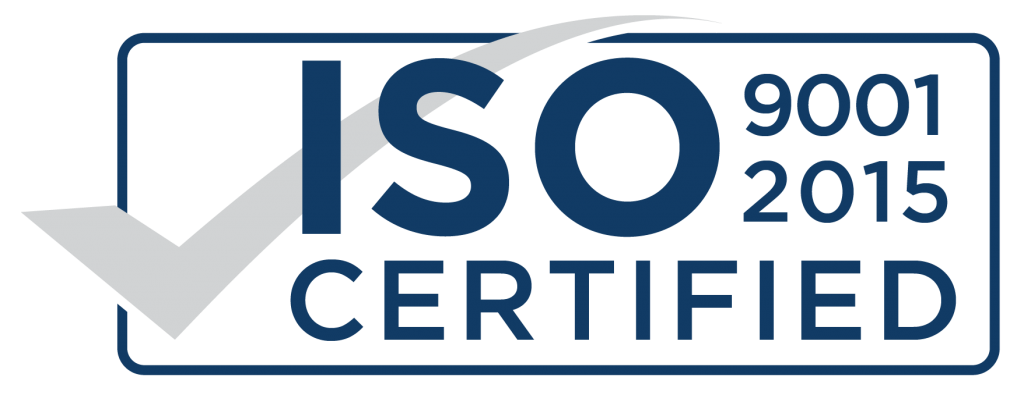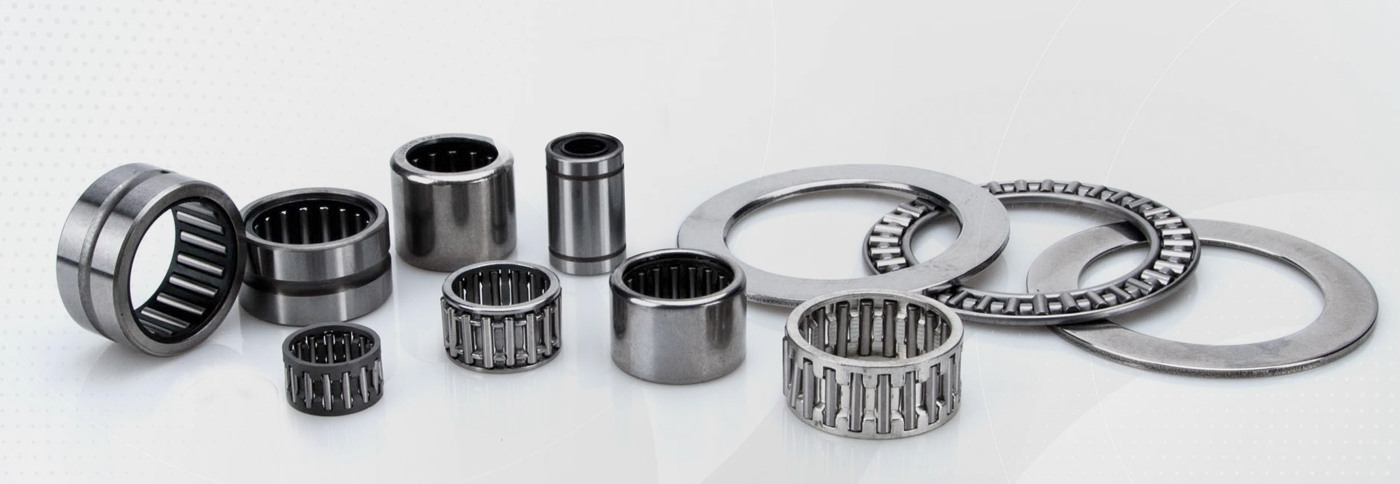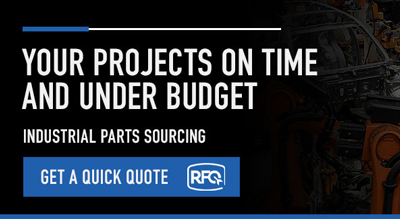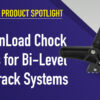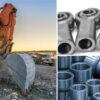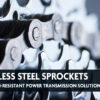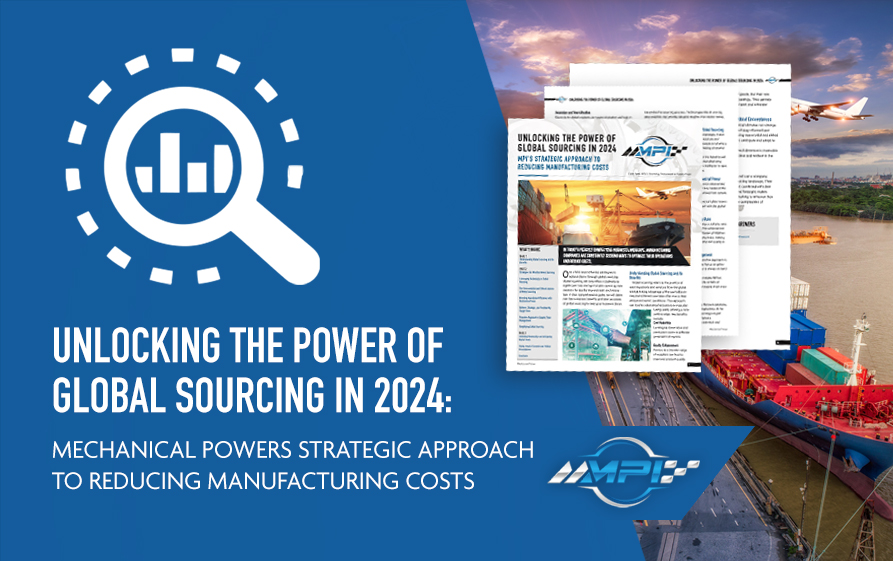Here’s what we’ll cover:
Rod-Ends
Bushings
Bearings
Not Just Semantics
How MPI Helps Clients Make the Right Call
In the world of industrial machinery, the small components often make the biggest difference. Whether you’re engineering new equipment or maintaining a legacy system, selecting the right motion component can dramatically impact performance, longevity, and cost. At MPI, we routinely help clients navigate the nuances between rod ends, bushings, and bearings—three parts that sound similar but serve very different purposes.
Understanding the functional differences between these components isn’t just academic. It’s essential for procurement teams, engineers, and OEMs who need to maximize performance without over-engineering or overspending. So let’s clear the confusion and break down what sets rod ends, bushings, and bearings apart.
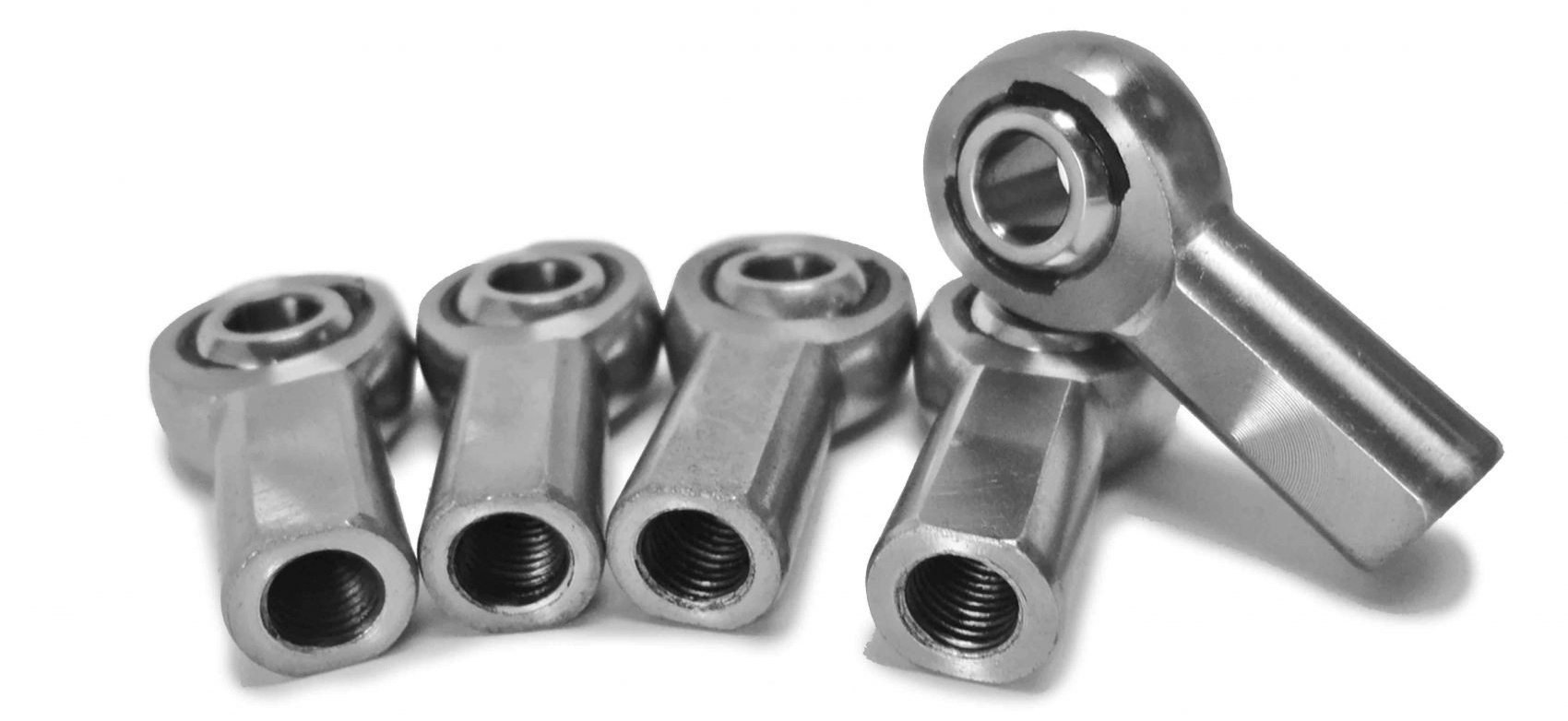
Rod Ends
Rod ends, sometimes referred to as heim joints, are spherical bearings housed in an eye-shaped head with a threaded shank. They’re typically used in mechanical linkages where angular misalignment is part of the system’s design. You’ll find rod ends in automotive steering systems, suspension linkages, aircraft control mechanisms, and industrial automation assemblies—essentially anywhere you need movement with adjustability in a confined space.
Rod ends are appreciated for their compact footprint, flexibility, and ability to absorb shock. They can be male or female threaded and are available in both maintenance-free and greasable variants. MPI works with trusted global manufacturers to supply rod ends that meet both standard and high-performance requirements, ensuring customers get the right part for their application.
Bushings
Bushings, also known as plain bearings or sleeves, are cylindrical components that reduce friction between two parts. Unlike ball or roller bearings, bushings have no moving parts themselves. Instead, they rely on sliding motion to allow axial or radial movement, often between a shaft and a housing. The result is a simple, low-maintenance solution that performs well under steady loads.
Commonly made from bronze, nylon, or composite materials, bushings are widely used in pivot points, hinges, and suspension systems. Their advantages include low cost, corrosion resistance, and quiet operation. At MPI, we often recommend bushings for clients looking for reliable performance in dirty, wet, or high-shock environments where other types of bearings might fail prematurely.
Did You Know?
For more than forty years Mechanical Power has been supplying high-quality sprockets at competitive prices from around the world.
Maximize efficiency of your equipment.
Bearings
Bearings are probably the most recognized of the three, and for good reason. They come in many forms—ball bearings, roller bearings, needle bearings—and are engineered to reduce friction while supporting rotational or linear loads. Bearings are the go-to choice for applications that require speed, precision, and durability. From electric motors and conveyor systems to gearboxes and automotive wheels, bearings are foundational to modern machinery.
Because there are so many types of bearings with varying capabilities, choosing the right one often requires engineering input. Load capacity, RPM, heat tolerance, and sealing requirements all come into play. That’s where MPI adds real value—we help our customers sort through the options to find the bearing that matches both performance expectations and budget constraints.
Not Just Semantics: Why These Differences Matter
Although rod ends, bushings, and bearings can all be used to manage motion or reduce friction, their design principles and applications are fundamentally different. Using the wrong part can result in mechanical failure, increased maintenance, or unnecessary cost. For example, installing a bearing where a bushing would suffice might improve performance slightly but drive up procurement costs without measurable ROI. On the flip side, using a bushing in a high-speed rotational setup could result in excessive wear or even system breakdown.
When evaluating which component to use, it’s essential to consider several factors: the direction of load, degree of misalignment, operating speed, environmental exposure, and overall system design. In many cases, systems even use a combination of these parts to balance cost, flexibility, and performance.
How Can MPI Help You?
We can supply all of your Rod Ends, Bushings, and Bearings needs.
Click the RFQ button, email us at [email protected]
or call us at 847.487.0070 for more information.
How MPI Helps Clients Make the Right Call
At MPI, we go beyond part numbers. Our team works closely with clients to understand the application before recommending a solution. We leverage a global network of trusted suppliers to source quality rod ends, bushings, and bearings—often with custom specs or special coatings when needed. We also offer value-added services such as just-in-time inventory management, kitting, and private-label packaging.
We know your business runs on uptime, and every component counts. By helping our customers source the right motion components, we help ensure their machines stay running longer, smoother, and more efficiently.
Final Thoughts
Rod ends, bushings, and bearings each play a vital role in the world of industrial motion. Understanding the differences between them isn’t just helpful—it’s necessary to keep equipment running reliably and efficiently. If you’re unsure which component is right for your project, or if you’re looking for a better sourcing partner, MPI is here to help. Let’s talk about how we can optimize your component strategy and keep your operations moving forward.
